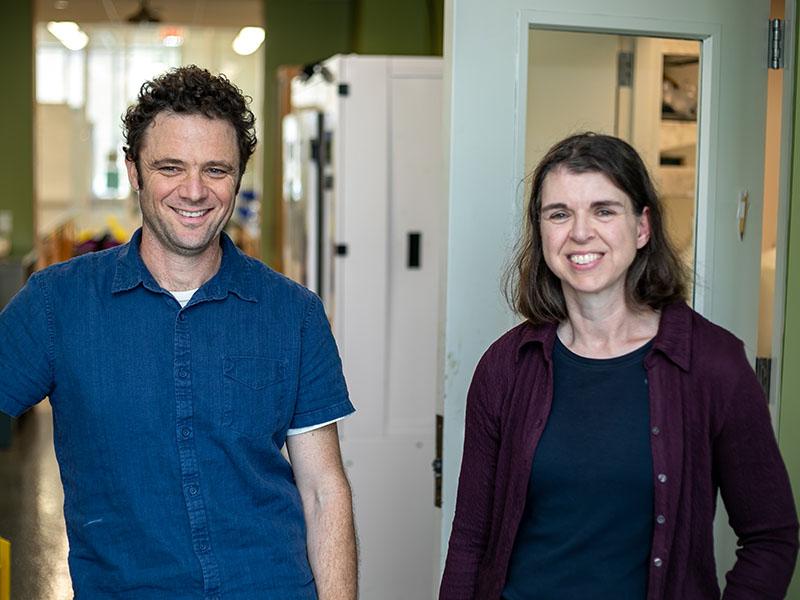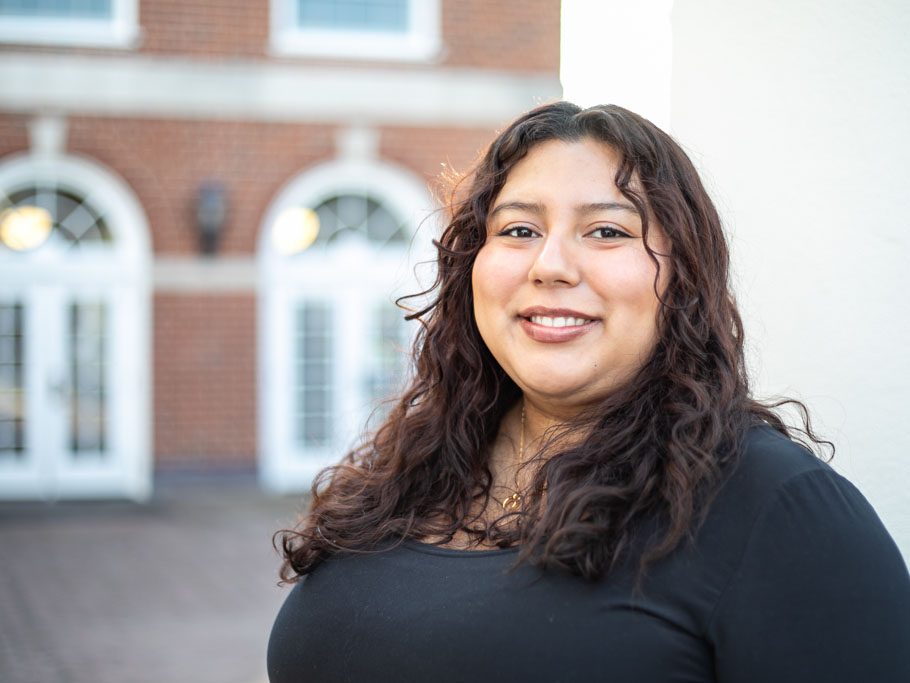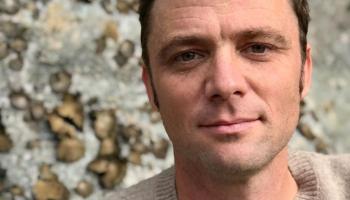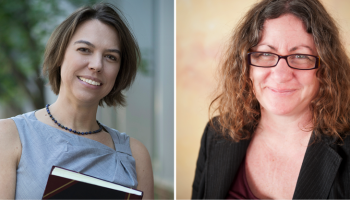Research Partnership Opens Doors for Transfer Students

Every year over 1.2 million transfer students enroll in colleges and universities across the country, according to the National Center for Education Statistics. For many, the experience can leave them feeling like outsiders or imposters in their new academic homes, and few universities offer opportunities designed to make that transition easier. However, a partnership between biology faculty at the University of Virginia and Piedmont Virginia Community College is helping to solve the problem, and it’s creating opportunities for undergraduates to gain hands-on research experience, an increasingly valuable asset for students who have their sights set on grad school and careers in the sciences.
For the last ten years, faculty at Piedmont Virginia Community College, a public community college in Albemarle County that offers associate degrees, continuing-education and workforce training and prepares students to transfer to four-year institutions, have required students in the physical and natural sciences to participate in their award-winning capstone research program, a semester-long course that gives students the chance to design and conduct their own scientific research under the mentorship of one of the college’s faculty members.
The program’s students gain hands-on experience with what is rapidly becoming an essential part of an undergraduate education in the sciences for students who want an advantage over their peers in an increasingly competitive market for jobs and advanced degrees. However, when Joanna Vondrasek, a biology professor at PVCC and a former postdoctoral fellow at UVA, spotted a flyer posted by UVA biologist Alan Bergland, she saw it as a chance to make the PVCC capstone program even better.
Bergland, an associate professor of biology with UVA’s College and Graduate School of Arts & Sciences and a winner of National Science Foundation’s CAREER award, one of the most prestigious research awards available to early-career faculty researchers in the country, studies the common fruit fly. The insect’s short lifespan allows him and his research team to observe the impact of evolutionary and ecological forces on the organism’s genome and how they lead the fruit fly to adapt to those forces over time. The work requires a steady supply of specimens, and Bergland had created a Citizen Science program called Backyard Evolution that recruits volunteers to help keep his lab and his students supplied with flies collected from backyard compost piles.
After seeing a flyer for the program, Vondrasek and her colleagues Anne Alison and Donna Hoefner recognized that the opportunity to partner with Bergland and his team could both inspire their own capstone students and give them a broader perspective on the opportunities that are open to them after they graduate.
“The partnership allows students a view of what the next step could be if they want to continue on to do research as undergraduates at a four-year institution, and that is a pretty unique opportunity,” Vondrasek said. “We have a lot of students whose eyes light up when they recognize that this is what they want to do. That gives them the confidence they need to know that they can do the work, and that they’re building a skill set that will serve them no matter what they do afterward.”
The partnership has also made it easier for her students, many of whom view a community college education as a stepping-stone to a four-year institution, to make that transition without some of the challenges they might otherwise face.
Students who transfer to four-year colleges often don’t have the same opportunities to make the social connections that they would have if they had been immersed in the culture and community of the university from the start, and they’re often at a disadvantage when it comes to making connections that lead to undergraduate research positions and other opportunities that can be important factors in their career readiness.
Celina Vasquez, a fourth year who transferred to UVA from PVCC, now works in the Bergland Lab as an undergraduate researcher and is working toward a degree in biology. At PVCC, she designed an experiment aimed at understanding how different apple varieties attract fruit flies, and members of the Bergland Lab worked with her to help her capture and identify the fruit flies. She had already considered transferring to UVA after two years at PVCC, so when she learned that there was a UVA lab interested in partnering with PVCC students working on their capstone projects, she raised her hand.

Her time at PVCC gave her the opportunity to consider several different possible career paths in the sciences, but her capstone work with Bergland’s lab helped convince her to come to UVA to pursue a four-year degree and to set her sights on a graduate degree in evolutionary biology.
“As a transfer student you can feel kind of left behind,” Vasquez said. But her capstone experience made her feel connected to the work of Bergland’s lab and UVA’s culture and gave her a broader perspective on the challenges and the appeal of a career in research. Vasquez also said it gave her the confidence she needed to make the transition to a four-year college.
“I knew I wanted to transfer to UVA,” Vasquez said. “And it was really helpful that I already had the feeling that I belonged there.”
For Bergland, whose lab welcomes the specimens Vondrasek’s students help collect, the partnership offers additional benefits. Part of Bergland’s mission as an NSF CAREER scholar is to engage a wider audience in the work that he does as a biologist and to create opportunities to bring more equity and inclusiveness into science education and the research community at the University. Every year, the PVCC capstone partnership gives him a way to introduce a new cohort of capstone students to the leading edge of scientific discovery, but it also helps make the challenge of transferring to UVA a little less daunting for some of those students — many of whom are first-generation college students or members of historically underrepresented minorities and may not see themselves as being qualified or as fitting into the UVA community.
However, a number of students from the capstone program, like Vasquez, have transferred to UVA so far, and their research experience in the capstone program has helped many of them secure jobs with research labs across Grounds.
Students who come to us from programs like this, feel like they’re part of the community already,” Bergland said. “Not only that, but it’s a great advantage to have students coming into the lab that have some perspective on research. That’s something that can take years to develop.”
Jessamyn Manson, an associate professor of biology who is one of a group of faculty leaders in the sciences who are working to expand approaches to teaching science that aim to eliminate inequalities in performance between students from different cultural and educational backgrounds, sees the partnership with PVCC as an important step toward making transfer students succeed at UVA by helping them feel like they belong.
“When transfer students get to UVA, they’re overwhelmed with all the things they have to do in just four semesters, and they have to do that all in a foreign environment,” Manson said. “And there isn’t the same level of support and orientation that students receive when they come here as first-year students.”
Manson is also an advocate of getting undergraduates involved in research as part of their education and recognizes that transfer students are sometimes at a disadvantage when it comes to competing for those opportunities.
“We have students who want to get involved in research, but they don’t always know how to get involved until it’s too late,” Manson said. “Having a bridge like the capstone partnership gives them the language and the connections they need to be able to ask the right questions and find those opportunities.”
“I’m a biologist because I did research as an undergraduate,” Manson added. “I don’t think I would be if I hadn’t had that experience.”








